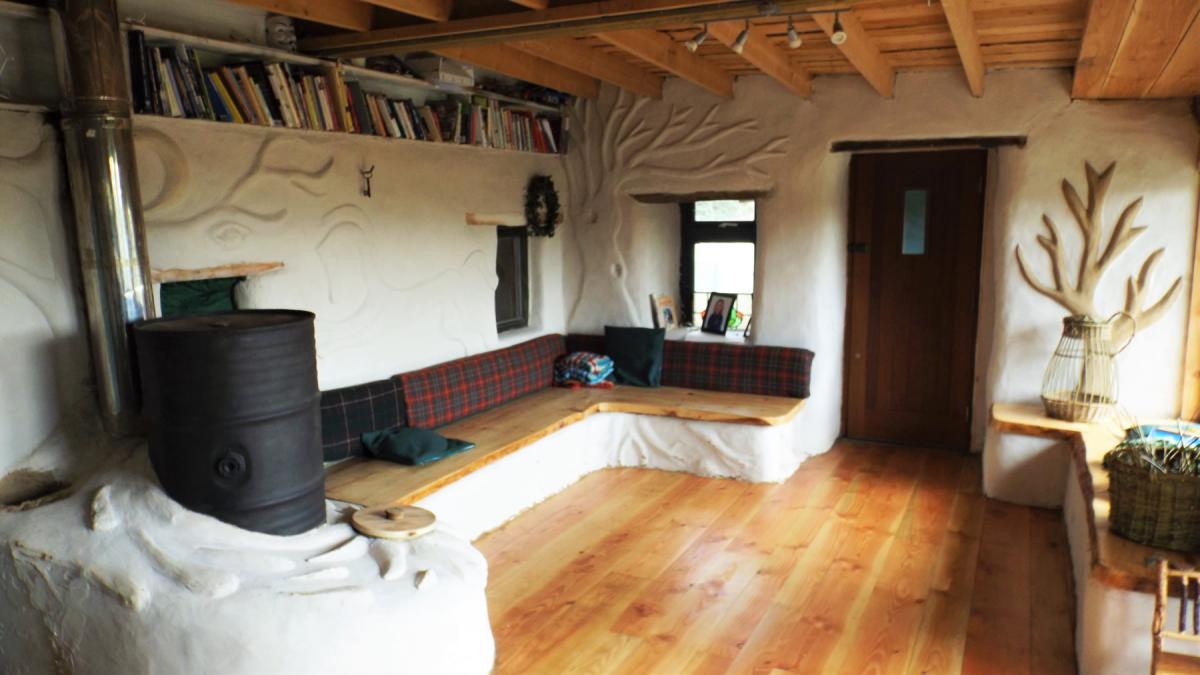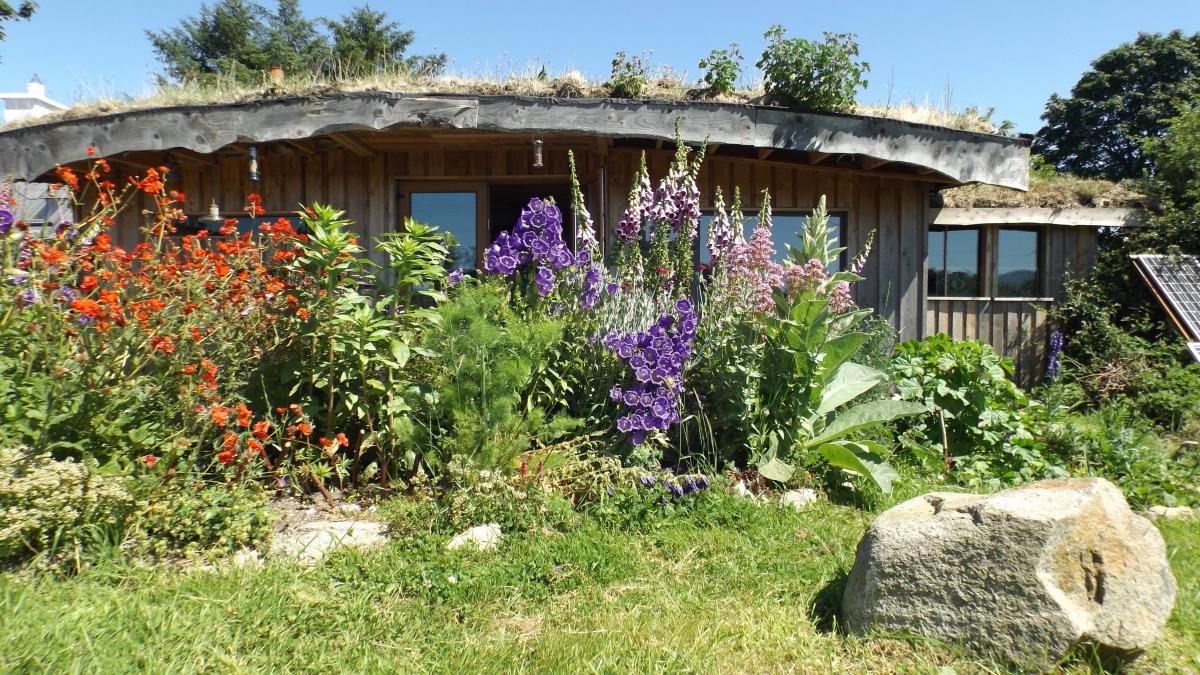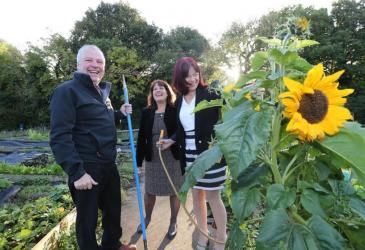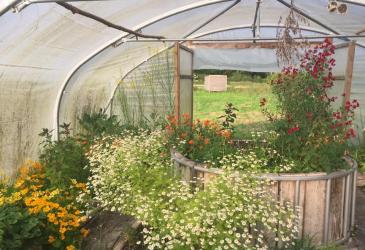Lackan Cottage Farm
Example of: Crowdfunding
Region: Newry, Mourne and Down.
Established: 2012
Visit their website
Lackan Cottage Farm is a permaculture smallholding near the beautiful Mourne Mountains in Co. Down run by Steve and Claire Golemboski-Byrne, and has been running for 2 years.
With a growing number of groups coming to the project, and just a tarp to shelter under in the variable Northern Irish climate, the team began to feel the need for some kind of building to accommodate people.
Steve and Claire are particularly interested in low impact building methods and so they decided to design a timber frame building, insulated with straw. Preferring to fundraise publicly rather than apply to grant making trusts or to the council Steve and Claire began to look into how this might be done.
Steve told us “I am firmly of the opinion that if there's a way to organise community groups using private resources, then it can ever only be preferable, although I realise that for many, there is no option. Crowdfunding is a way that groups can potentially use to raise funds from private supporters."

Steve and Claire got to work on writing a pitch asking people to pledge. They offered to plant a tree for everyone who made a pledge, and as Steve is a woodturner they offered a gift of a bowl or spoon, places on day courses and stays in their tipi for people bidding larger amounts. They made a 3 minute promotional video “We'd had half a day's basic training from someone at the BBC on a previous project, and worked out what might be successful by watching other people's pitches”, said Steve. “We simply used the video feature on our still camera and a £10 tripod”. The entire campaign was carried out online – primarily facebook, but also by contacting people by email, and also twitter.
The couple emphasise that having a strong existing online network is key to success. “Being able to reach a good number of people that you know are already interested in what you are doing is vital”, said Steve, “we had several hundred facebook followers and an active blog, but we still had to build a twitter following as we went along, and it turned out to be a great way to reach people that wouldn't otherwise have known about us”.
“We had a month to raise the money, and it was really hard work – most people are online between 6-10pm so that was when we worked hard to reach them, and then there are blog posts to write, you need to keep fresh ideas coming to attract people – it was 4 or 5 hours a day, 7 days a week. We sent the link to everyone we knew and asked people to pass it on. As well as cash donations, a local firm donated £700 worth of roofing membrane, and after we published a wish list of materials wanted on facebook, several people offered us glazing, bricks – all sorts.
“It is a good way of doing things as you can do what you want with the money once you have it, as long as you are carrying out the work you originally promised to do. Promoting the project on the blog and on facebook is free and you can reach a lot of people, it just takes time. We spent nearly £100 on facebook advertising to increase our reach, but it paid dividends, and we were able to reach over 20,000 people a week. We also invited everyone who pledged to come and help us build, and had a party for them, which was really great, got people involved and offered a feeling of ownership.
“People perhaps think that we have a lot of resources here - we have now, but not as a result of having lots of money. We are fortunate that we are able to market ourselves effectively and communicate the ideas that we have, and I’d really like to be able to pass on that knowledge to other groups. We believe in the idea of self-help and mutual support as the way forward for stronger, thriving community projects."
Related Case Studies
The Stormont Estate Workplace Allotment project was developed as a pilot project. It is the first of its kind in Northern Ireland
Common Ground N.I. has the mission of connecting individuals, groups and communities with nature for the benefit of humanity and for reciprocal benefits to nature.









